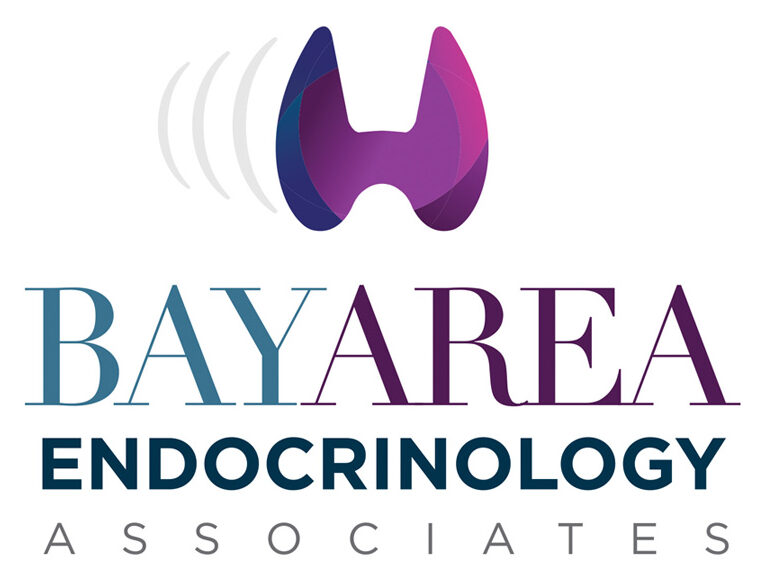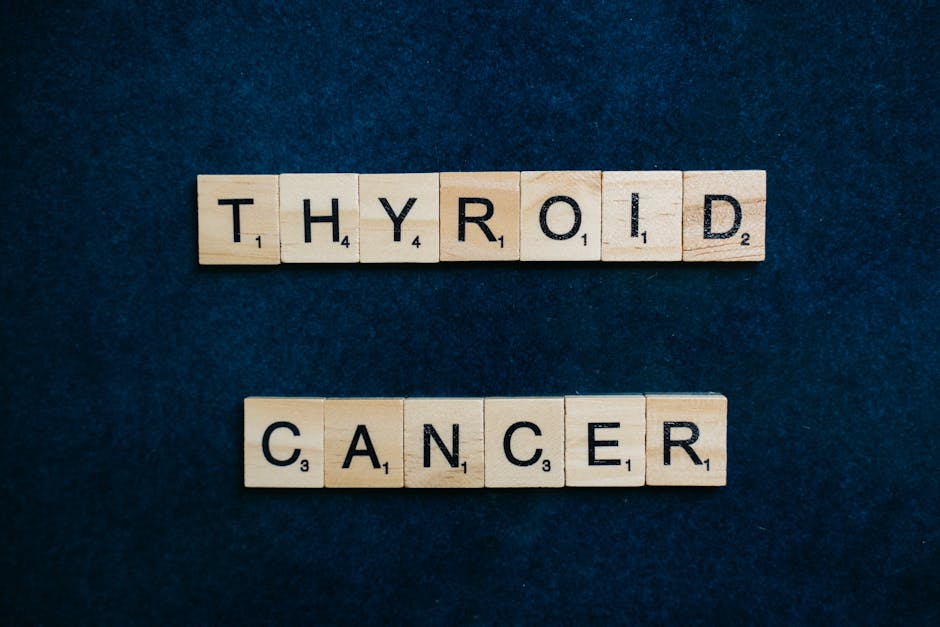Bay Area Endocrinology Associates is a medical practice committed to offering good treatment and care to those suffering from thyroid conditions. Located In Tampa, Florida, our team led by Doctor Pedro I. Troya is committed to providing exemplary care for thyroid disorders, including cancer, nodules, and hyper and hypothyroidism. We conduct our laboratory testing keenly to ensure accuracy when treating complex metabolic diseases like Obesity, diabetes, and hormone deficiency states, e.g. low testosterone. Look at the page on this month’s topic, November 2023: Continuous Glucose Monitoring.
What is Continuous Glucose Monitoring?
Continuous glucose monitoring (CGM) is a way to track glucose levels throughout the day and night. A tiny sensor inserted under the skin measures glucose levels in the tissue fluid. A transmitter sends data to a monitor. This provides real-time glucose readings, trends, and alerts for highs and lows. It can help optimize diabetes management. CGMs can be used alone or with insulin pumps. They provide more information than standard fingerstick testing, but calibration with fingersticks is still needed a few times per day.
Benefits of Using a Continuous Glucose Monitor
Using a CGM provides multiple benefits for diabetes management. It gives real-time data to show how food, exercise, stress, and medications affect blood sugars. This allows for quicker reactions to highs and lows to prevent emergencies. CGMs facilitate better control through pattern management. They provide peace of mind and confidence in numbers. They give clinical data for healthcare providers to enhance therapy adjustments. Overall, CGMs empower patients with information to take a more active role in treatments.
Types of Continuous Glucose Monitoring Systems
There are two main types of continuous glucose monitoring systems. Real-time CGMs provide constant data with alerts and alarms. Interstitial fluid is measured every few minutes, and values are transmitted to monitors. Thresholds can be set for alerts on highs and lows. Non-real-time CGMs do not transmit data continuously. Values are recorded over some time. The device must be scanned to obtain glucose reports and trends. This style involves a longer lag time behind blood glucose values. Both CGM styles still require twice daily fingerstick calibrations. Overall, CGMs give people with diabetes better control through glucose pattern management.
Calibrating Your Continuous Glucose Monitor
Calibrating your CGM properly is essential for optimal accuracy and performance. Most CGMs require fingerstick blood glucose measurements twice per day to calibrate sensors. Calibration should be done when glucose is stable, not after meals or exercise. Enter the exact blood glucose reading from the meter for best calibration. Spread calibrations around 12 hours apart. Never calibrate when experiencing symptoms of an inaccurate CGM. If sensor readings seem off, use your blood glucose meter to verify before calibrating. Properly calibrating helps optimize CGM sensor accuracy for reliable data and trends. Taking the time to understand best calibration practices maximizes the benefit of the system.
Interpreting CGM Data and Reports
CGM devices generate significant data that must be analyzed for trends and patterns. The software creates reports on glucose profiles, variability, high and low episodes, and more. The standard deviation shows fluctuations in glucose levels. Low and high glucose indices calculate percentages of readings outside ranges. Ambulatory glucose profiles illustrate patterns over days and weeks. Clarity reports integrate CGM data with insulin doses and carb intake. Understanding these reports allows patients and providers to interpret results better and make appropriate treatment changes.
Improving Accuracy of Continuous Glucose Monitors
While CGMs are very useful tools, accuracy can be affected by sensor issues and physiologic factors. Proper sensor insertion and twice-daily calibration with fingersticks help optimize accuracy. Avoiding sensor compression and allowing healing after insertion sites prevent fluctuations. Accounting for delayed interstitial fluid readings compared to blood prevents miscalculations. Sensors measure glucose in tissue fluid, which lags behind blood by several minutes. Practicing smart sensor use maximizes benefits and accuracy.
Future Outlook for Continuous Glucose Monitoring
CGM technology continues to advance rapidly, with significant improvements made yearly. Increased accuracy and duration of sensor wear minimize user effort. More user-friendly, customizable alerts better prevent extreme events. Tighter integration with insulin pumps in closed-loop artificial pancreas systems aims to automate glucose control. Extended capability smart CGMs measure other analytes like ketones. As CGM accuracy and accessibility continue improving, the devices become integral management tools for more people with diabetes seeking tight control. Their future seems very bright.
Continuous glucose monitoring marks a revolutionary advance in diabetes management. The detailed glucose data empowers patients with greater insight and control. Although the technology continues improving, current CGM devices provide invaluable therapy optimization. Utilization of these tools will keep expanding as their accuracy and versatility increase. Reach out to Bay area Endocrinology Associates today to learn more about continuous glucose monitoring.








